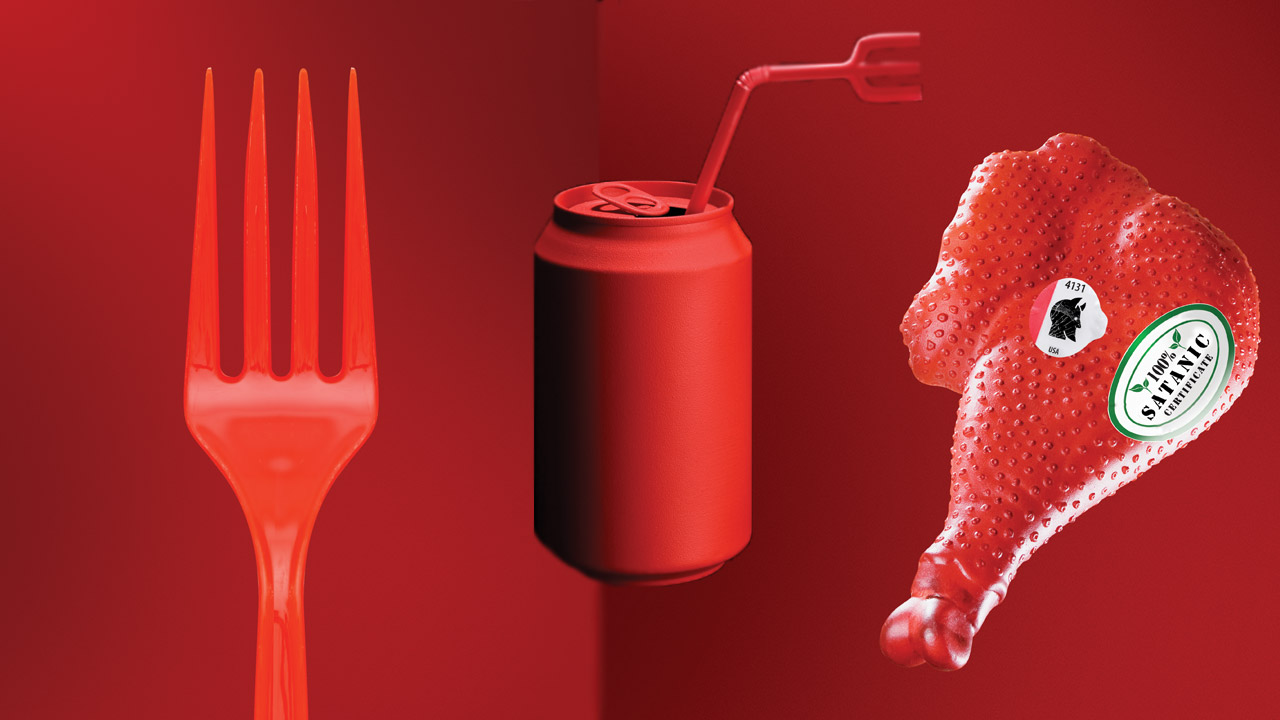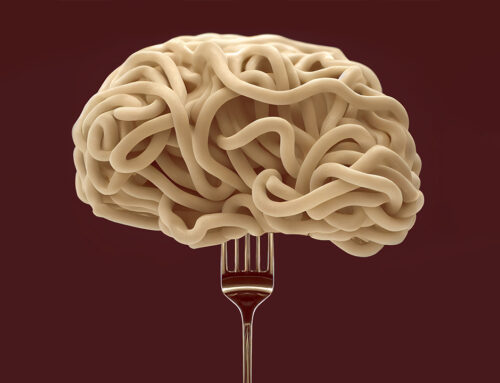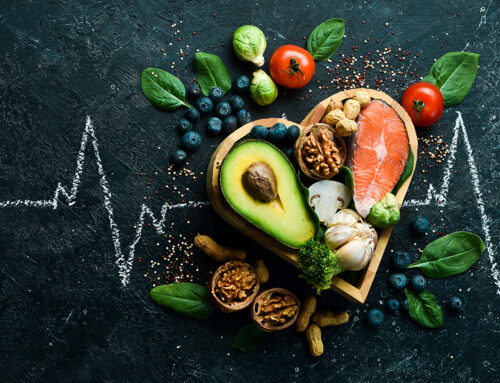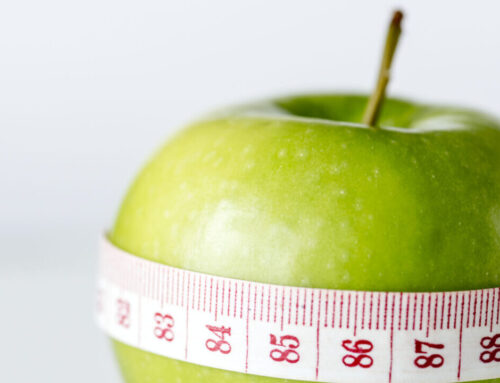With the media brimming with scare stories about the ingredients lurking in your food, BPA in plastic and in foods has been getting extra attention.
We outline the risks, what to look for and how to minimize the risk of becoming exposed to excess BPA
Why do we use plastic? A brief history…
Food isn’t what it used to be, and neither is the process of getting it.
Time was you’d eat whatever was in season, strolling to the local store where you’d scrutinize every single thing you intended to buy.
Your senses of sight, smell, hearing and touch were on high alert to determine the overall quality of items on your shopping list.
If you didn’t like what you saw, you chose another one and popped it into your brown paper bag or wooden basket.
Now, you’re offered a dozen neatly packed apples resting in a plastic container, which is surrounded by a plastic outer layer and is then carried out of the store in a plastic bag.
This saves you the time of individually picking every single item, while affording you an assumed level of higher quality – who wants previously touched fruit that’s been out in the open air all day, anyway?

And while the convenience rewards of this system are huge, the saving on food wastage is even bigger with the plastic barrier keeping the produce fresher and stopping pests from exacting their cut.
But there is still much we don’t know about plastic, and it may be seeping into your food.
There’s a lot to factor in, especially if you do meal prep and plop the cooked food into more plastic, which is microwaved then spooned into your grill.
Is our marriage to this substance a beautiful union or a destructive alliance?
We put this polymer bond under the microscope, only discover our relationship status with plastic is most definitely complicated.
What is BPA in Plastic?
To gain some background into the topic, it’s first worth acknowledging why plastic use is so widespread.
The world’s population grew exponentially over the course of the last century, creating a climate whereby food, drink and other necessities were mass-produced.
Plastic containers were seen as a viable vehicle for storing, distributing and preventing the produce from going off.
As the use of it increased in this capacity, so too the levels of obesity in the developed world have marched upward towards an all-time high.
Roughly 38% of American adults are now classed as “medically obese”. Across the pond, one in four Brits fit that overweight figure.
Sedentary lifestyles and a lack of physical activity are the ringleaders of this epidemic, but the role of plastics such as BPA may also prove influential to the problem.
A new report published by the US Endocrine Society claimed the risks of obesity are increased with exposure to BPA and phthalates – chemicals found in plastics that enhance durability.
BPA and phthalates are commonly called “endocrine-disrupting chemicals” (EDCs), referring to the way they tamper with your body’s hormonal profile.
And this is what can spell disaster for your hopes and dreams of sporting that six pack. Generally, those who are exposed to a higher level of EDCs are more likely to develop obesity and other health issues such as infertility and neurological dysfunction.
BPA effects on health
Most worryingly, a paper in the International Journal of Environmental Research in Public Health found folks with the highest BPA exposure sported a three-fold increased risk of heart disease.
Forget having that leaner waistline – exposure to plastic can be even more costly.
Fortunately, this and the above report formed the basis for a meta-analysis in which the data from hundreds of studies was collected to pass an accurate judgment.
The evidence was clear: plastic chemicals such as BPA are linked to an increased risk of obesity and poor health across the whole spectrum.
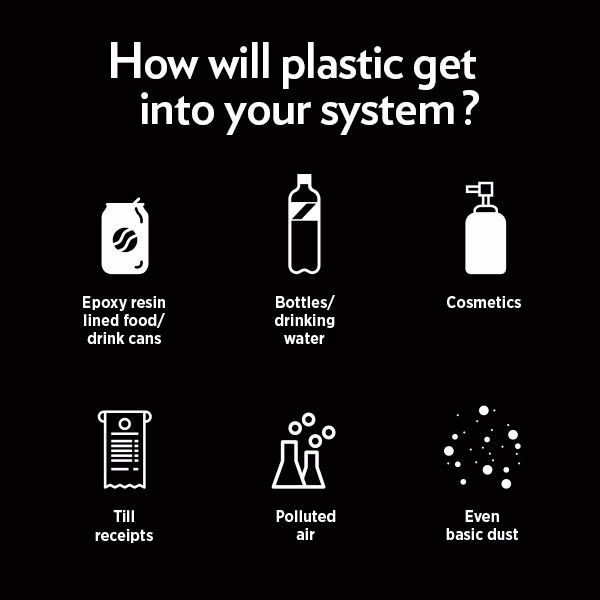
Despite there being a clear link between plastic chemicals and obesity, proving that your trusty meal prep containers actually cause weight gain is way harder – especially if you look at the shredded physiques of those who are using them the most frequently.
Researchers wanted to know how and why this happened. What they found is that harmful plastics act on a make-up of beta and alpha cells in various organs.
This can lead to insulin resistance, where your body does not digest and use carbohydrates efficiently. A recent study conducted by the West Pomeranian University of Technology in Szczecin, Poland, produced a number of alarming findings.
It was discovered that BPA is in fact carcinogenic, particularly to organs involved in the reproductive process such as the prostate.
BPA comes at a further cost to your sexual health, with a negative impact on sperm motility, libido and general testosterone levels.
A higher estrogen output not only negates the efficacy of your weight-training program, but it also leaves you exposed to a higher increased risk of cancer and worst of all can set you up to grow a nasty set of man-boobs.
Is that the guy you really want to be?
BPA in food
It’s an understatement to suggest that these harmful compounds may have entered the food supply.
True, your level of exposure is at its highest when eating or drinking from affected containers, but BPA, for instance, can be found in places as innocuous as cash register receipts, paper hand towels and adhesives used by your dentist.
With the global production of plastic set at roughly 280 metric tons each year, it’s not tough to see how much of it will wind up unattended in the environment.
A new paper in Current Biology found when microplastics entered an animal’s environment, even in very low quantities, the substances were present in their bodily tissues in concentrations that could compromise conditions needed to sustain their life, health and biodiversity.
“We’ve known for a long time now that these types of chemicals transfer into humans from packaged goods,” said the study co-author, Mark Anthony Browne.
“But for more than 40 years the bit that the scientists and policymakers didn’t have was whether or not these particles of plastic can actually transfer chemicals into wildlife and damage the health of the organism and its ability to sustain biodiversity. That’s what we really nailed with the study.”
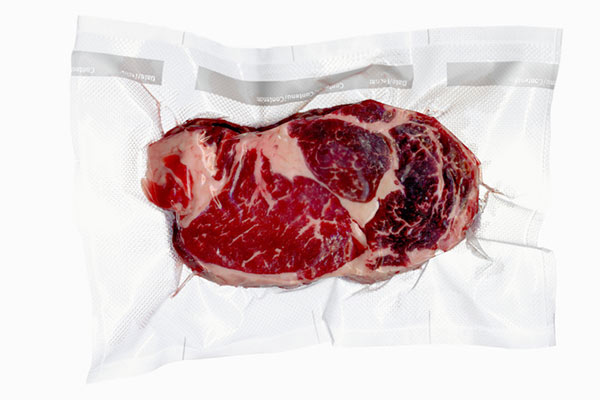
So even if you’ve whipped out the fishing pole and jagged a wild caught fish, its fillets may still be harboring levels of plastics that can negatively affect your health.
A different study conducted by Norwegian scientists and published in the journal Food Additives & Contaminants examined the way in which BPA makes its way into the food you lovingly prepare.
It has been described as a “leach” effect – a process you can’t see, hear or smell occurring, yet still carries the destructive force of a dripping tap.
A greater concentration of BPA is released into your appliances when you heat containers in a dishwasher, expose them to heat and boil water, or even if they’re just given a good scrub down.
Fatty foods such as cooking oils increase the rate at which this compound is absorbed into your meals. Sadly, some exposure may be unavoidable because when plastic is produced, it releases toxic benzene, vinyl hydrochloride and phthalates which you could be breathing in.
A study in The FASEB Journal found when rats were exposed to high levels of air pollution they gained more weight, had more inflammation, higher cholesterol and accelerated metabolic dysfunctions.
“Since chronic inflammation is recognized as a factor contributing to obesity and since metabolic diseases such as diabetes and obesity are closely related, our findings provide clear evidence that chronic exposure to air pollution increases the risk for developing obesity,” said Junfeng Zhang, the senior author of the paper.
BPA toxicity – how much is toxic?
While plastic compounds such as BPA have seeped into our environment, there are, of course, levels of toxicity that differ which you should take heed from.
For example, caffeine is generally regarded as fine in doses below 800mg, but starts to become medically toxic when that figure is doubled.
The situation is similar when you take your plucky plastic containers into account.
Generally speaking, around four micrograms per kilo of bodyweight is the safe limit for BPA contamination.
The Food and Drug Administration (FDA) have asserted that the generally low levels of BPA found in the environment fall below this threshold and are safe for your body, yet their stance has changed somewhat over the last few years.
The FDA have now gone on record to state that there is “some concern” with the growing body of evidence linking BPA to hormonal, cognitive and reproductive issues.
Most reports state that our daily BPA contamination falls well below the toxic level – with the EU for instance, stating that most countries seem to obtain 0.5 to 1.6 average micrograms of BPA each day. Are these levels of BPA really that safe, though?
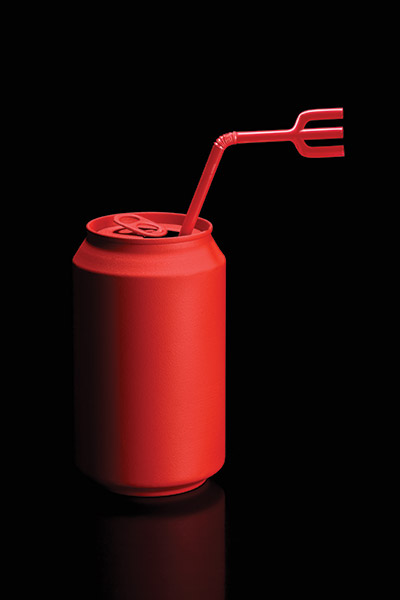
One of the main issues is that levels of BPA fluctuate and differ in many different areas.
A study conducted by the University of Ulm, Germany collected samples from various drinking water sources and found BPA had leached into the public’s supply.
The levels the researchers discovered were not excessively toxic. However, it reinforces just how these plastics have got into our environment.
Suppose your drinking water contains low levels of BPA – so do your drinking bottles, cosmetics, canned food and dental appliances.
At what stage do the levels of BPA begin to accumulate and become toxic in general?
In the same way that you know that the caffeine found in soda isn’t enough to stimulate you, but that coffee you drank and that candy you ate also had caffeine in them.
It’s difficult to say with absolute certainty whether a similar effect takes place when BPA is the matter at hand, but the problem, like plastic, isn’t going to go away anytime soon.
How can you limit or go BPA free?
If you’re reading this with one eye shut, cowering in the corner of the room through sheer fear, know that help is at hand.
Despite the manner in which chemicals such as BPA seem to have leached into everyday life, there are solutions and ways of limiting your exposure.
1. BPA free bottles
Many sports nutrition manufacturers now offer non-toxic, BPA-free shaker bottles so you can enjoy a post-workout shake at peace. Optimum Nutrition’s Blue Shaker Cup is one such example, available from Bodybuilding.com for $9.99.
For roughly the same price, you can also get your hands on Bodybuilding.com’s own-brand Stainless Steel Water Bottle.
2. Switch to glass or stainless steel
In terms of plastic ware, you may wish to transport your meals around in glass containers. Glass lunchboxes rule out the chances of exposure to most harmful plastics.
Just be sure not to throw your bag around like a kettlebell, though – shards of broken glass may get you shredded, but not in the way you’d intended.
With this in mind, many varieties do come with spongy outer cases that can offer some element of shock absorption.
You can always re-use glass, whereas products containing BPA become carcinogenic in response to heat and constant use.
If you feel as if you can’t get away from using plastic, one thing’s for certain: be sensible.
3. Don’t heat food in plastic containers
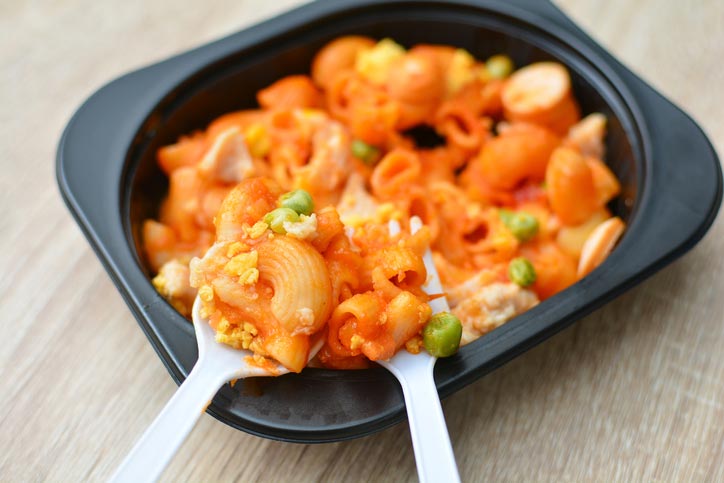
Avoid heating food and drinks that are contained in plastic in a microwave. Instead, try to reheat your food on the stove.
Leaving bottled water or a finished protein shake in your car can also be a disaster, especially in the heat. If that doesn’t make you keel over, the smell certainly will…
4. Beware plastic chemicals your car interior
Crank open your car window.
This is especially true in the summer when chemicals such as benzene, used to keep your ride’s dash looking fresh, can heat up and become airborne when you drive.
While it might not kill you if you do it for a period of 10 years, prolonged exposure is probably something you can do without.
A good tip is to air out your car for 20 seconds before you lap up the air conditioner – if anything it’s probably going to get you cooler faster anyway.
5. Choose your veg
Supermarkets are always going to win for day-to-day convenience, but get the bulk of your foods from a farmer’s market or decent grocer.
It might not last as long, but that should motivate you to eat all of it before they spoil.
6. Ditch the plastic food containers
These are often made from the lowest-grade plastic.
Harvard University claim they’re made to hold margarine or yogurt, and are not always suitable for use in microwaves, so don’t keep your leftovers in these containers.
They suggest that if you insist on microwaving food in them, vent the container by leaving the lid ajar and don’t let the thin plastic wrap touch food during warming as it may melt.
Finally, they warn that old, scratched or cracked containers may leach our more plasticizers – time to go shopping if you’ve had yours for more than a few years.
Final word on BPA in plastic and its effects
So pervasive is your exposure to BPA, that you would be forgiven for thinking shutting yourself away from society is the only way to escape its effects.
As discussed, not all traces of BPA are toxic to the extent that they have an immediate and noticeable impact on your health.
That said, it is worthwhile taking the necessary steps to limit your exposure, whether that’s buying fresh food, transporting them in glass and regularly buying new water bottles.
When you are shopping for plastic-free products, pay more attention to labels which state the product is ‘non-toxic’ rather than merely BPA-free.
It is not beyond the realms of possibility that cost-cutting companies could run around red tape by replacing BPA with other compounds – some of these may even be potentially riskier to your health.
Splashing out on glass or stainless steel could save your health – and your wealth – in the long term.
For more content about BPA in plastic, nutrition tips, and training advice, get TRAIN magazine direct into your inbox every month for free by signing up to our newsletter


